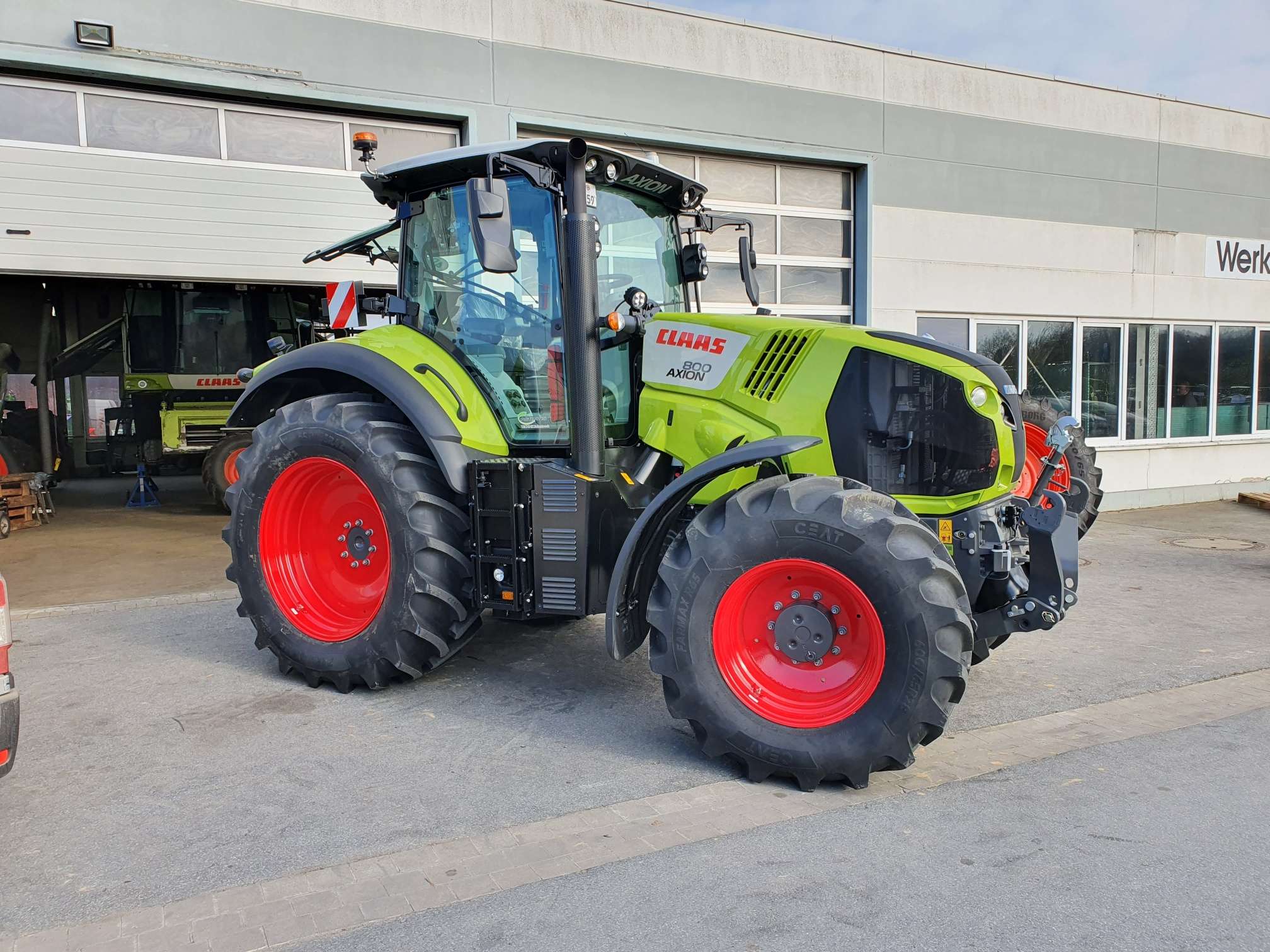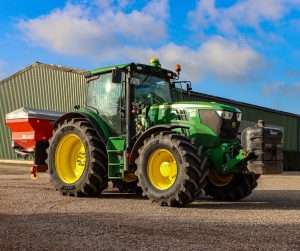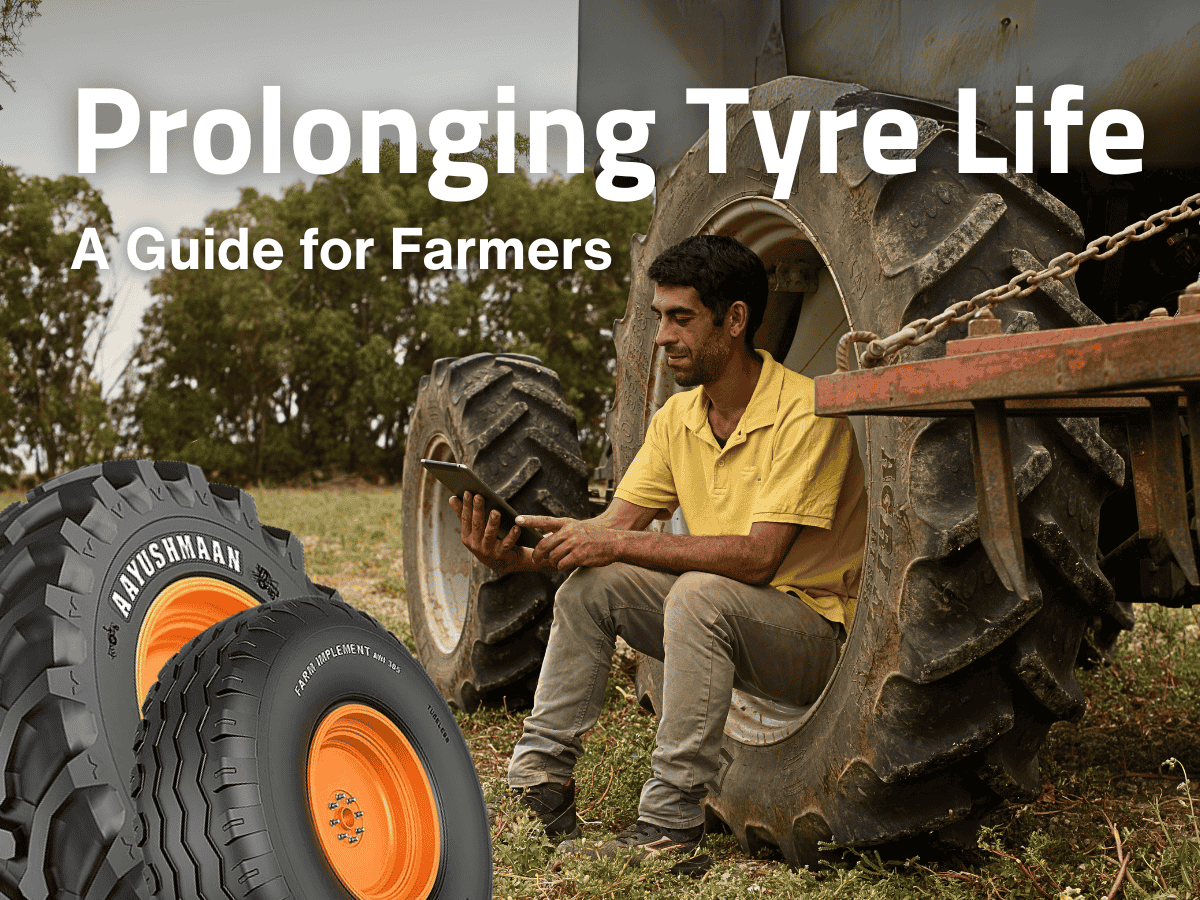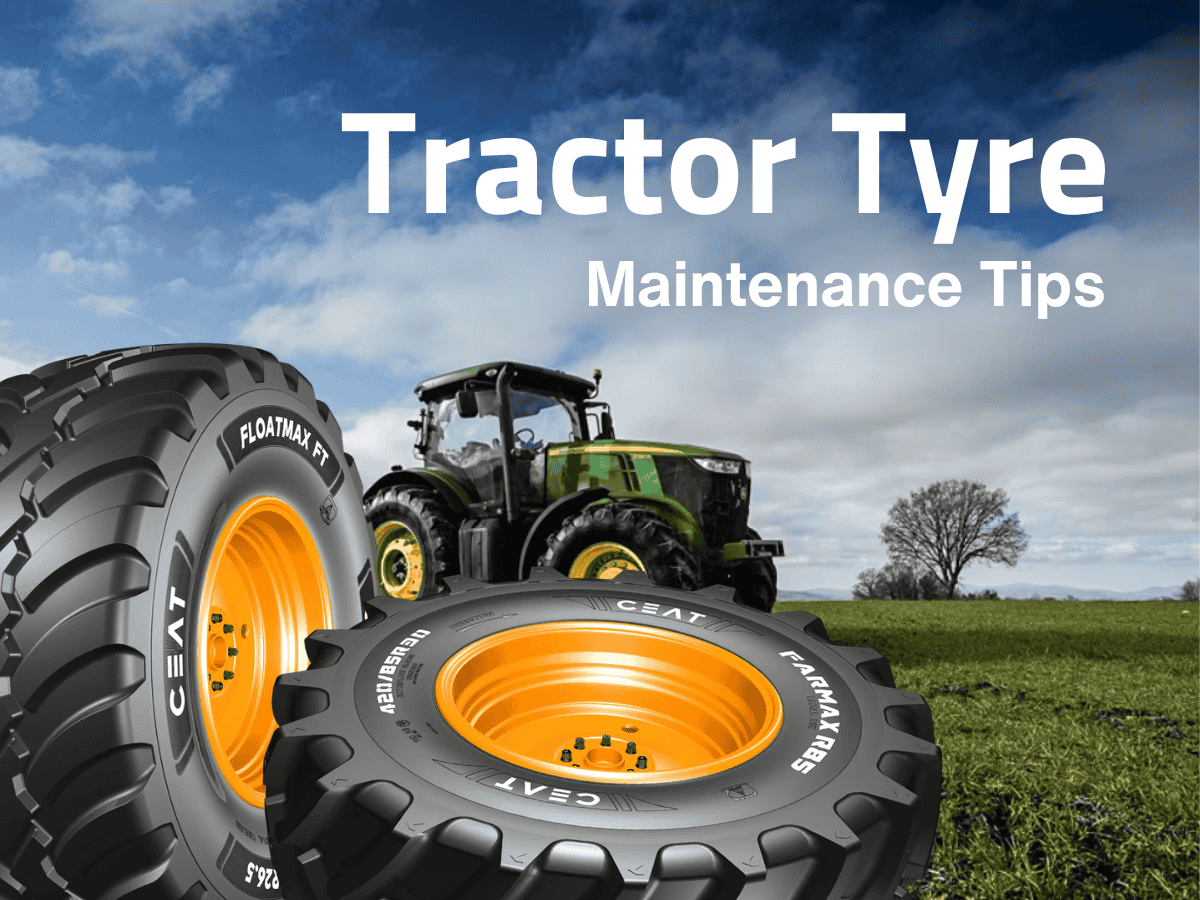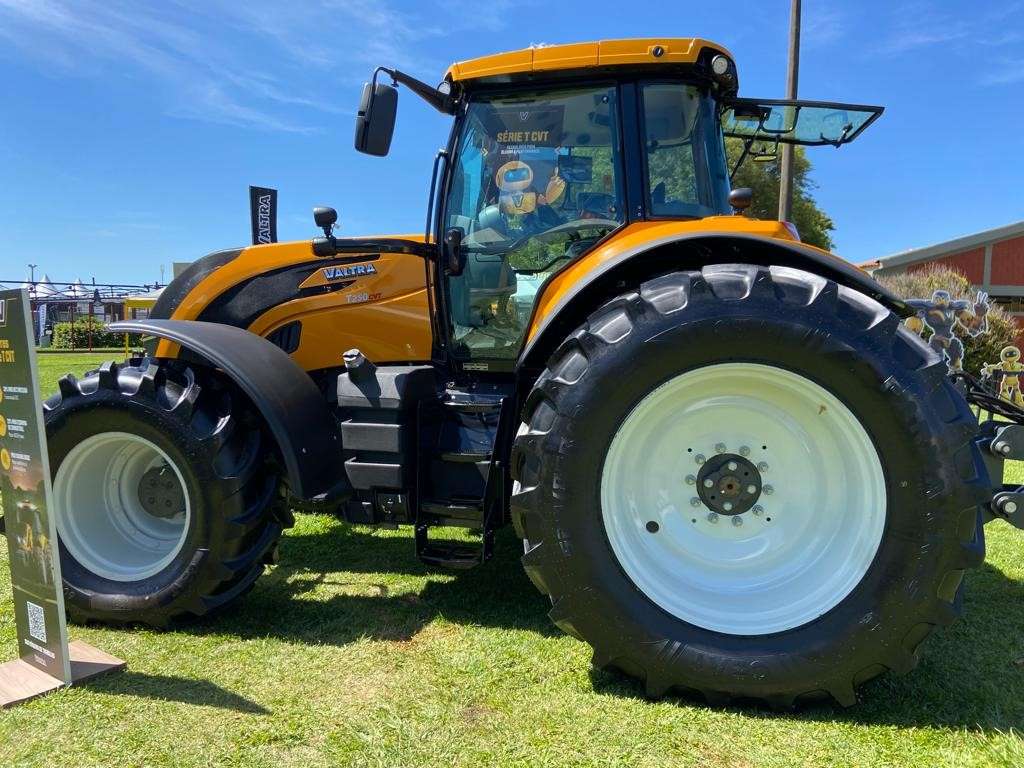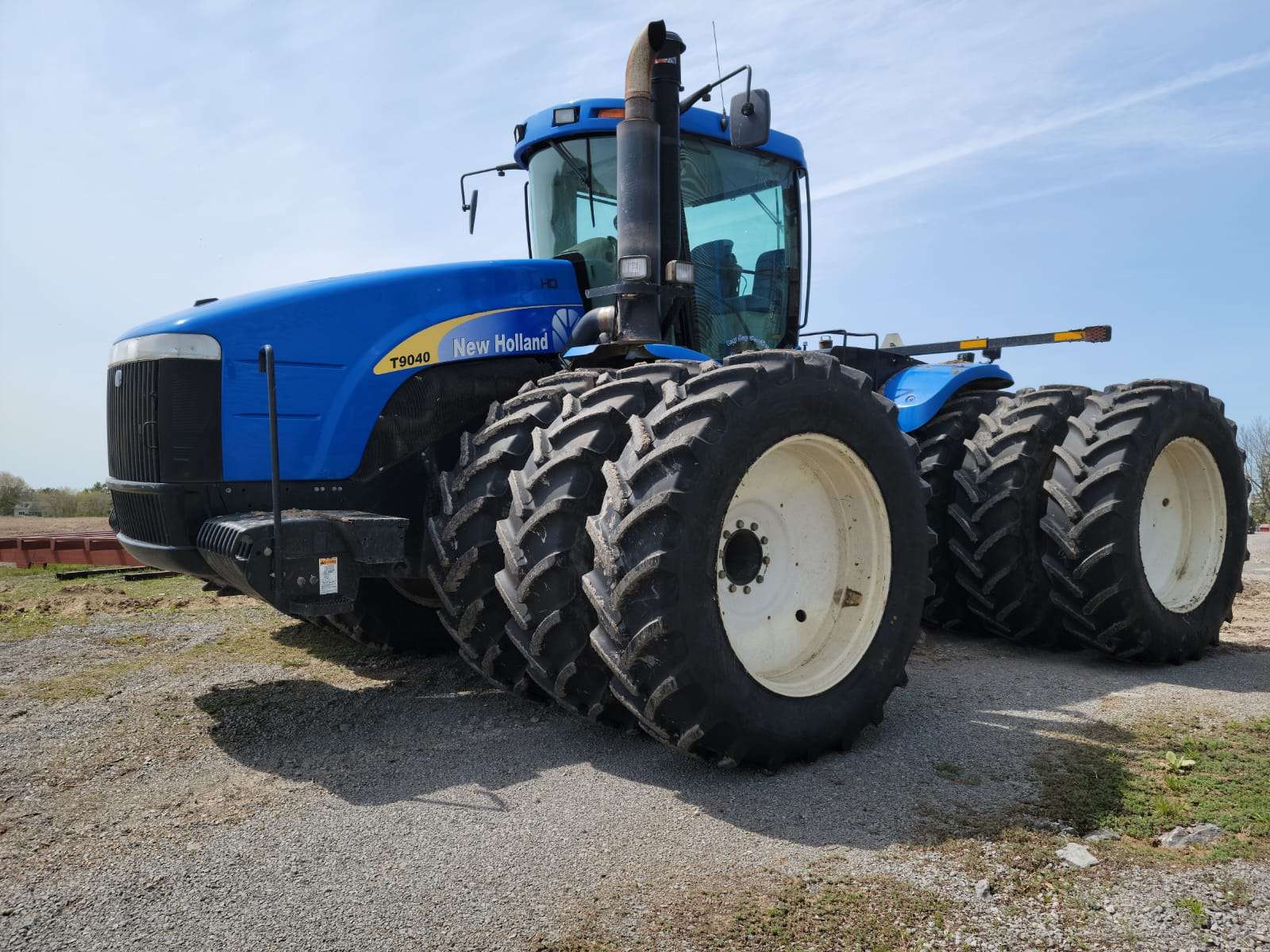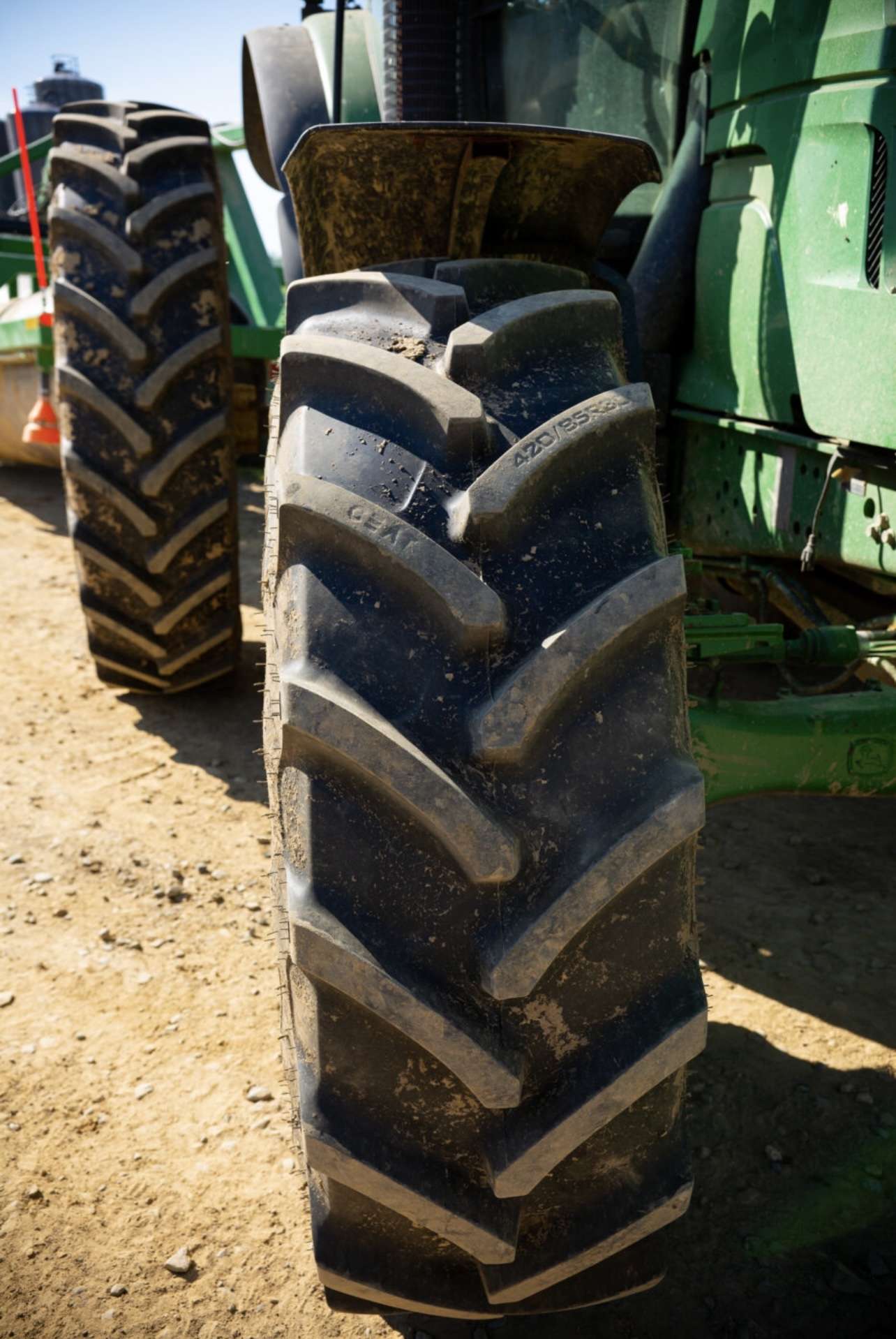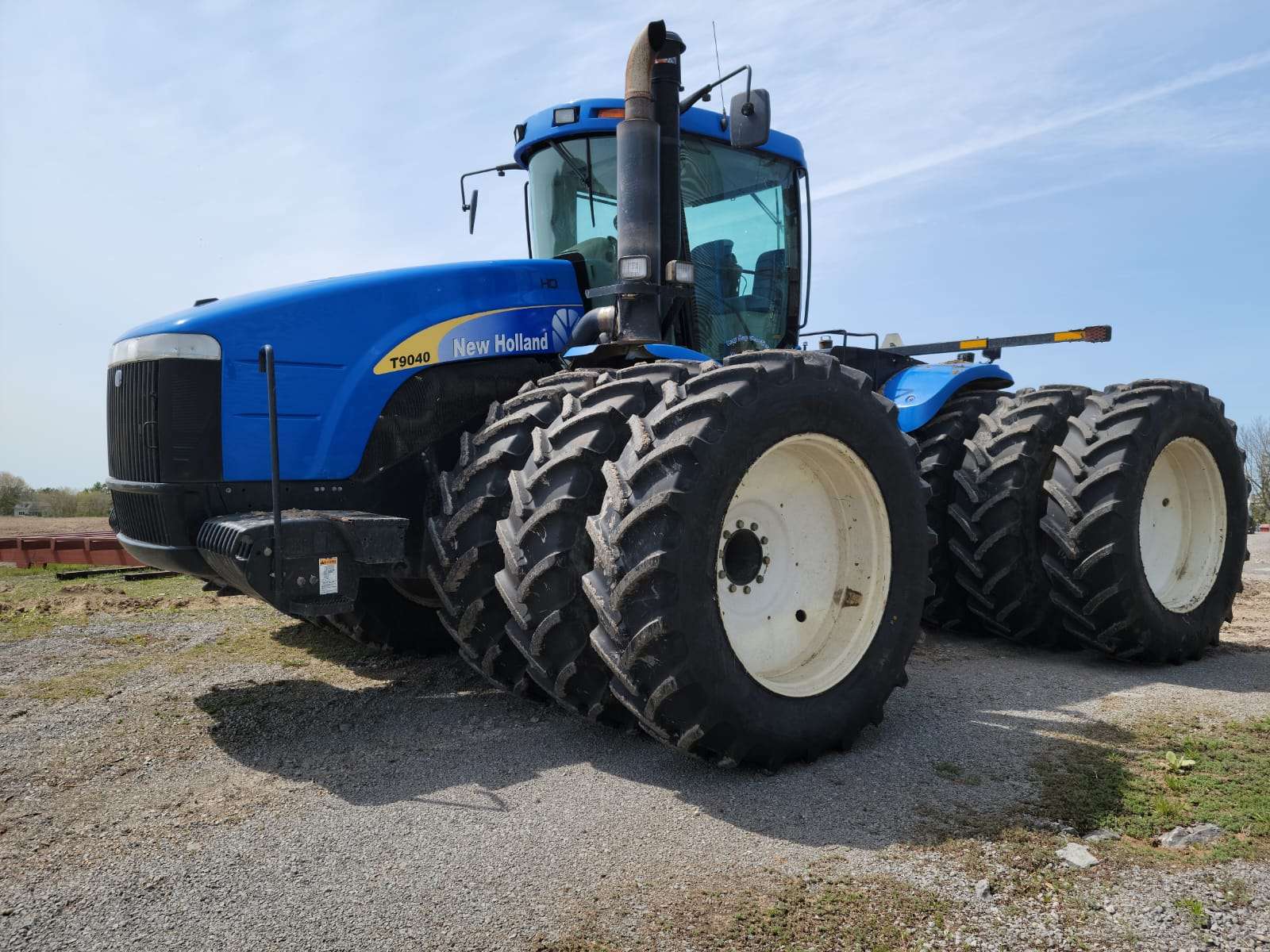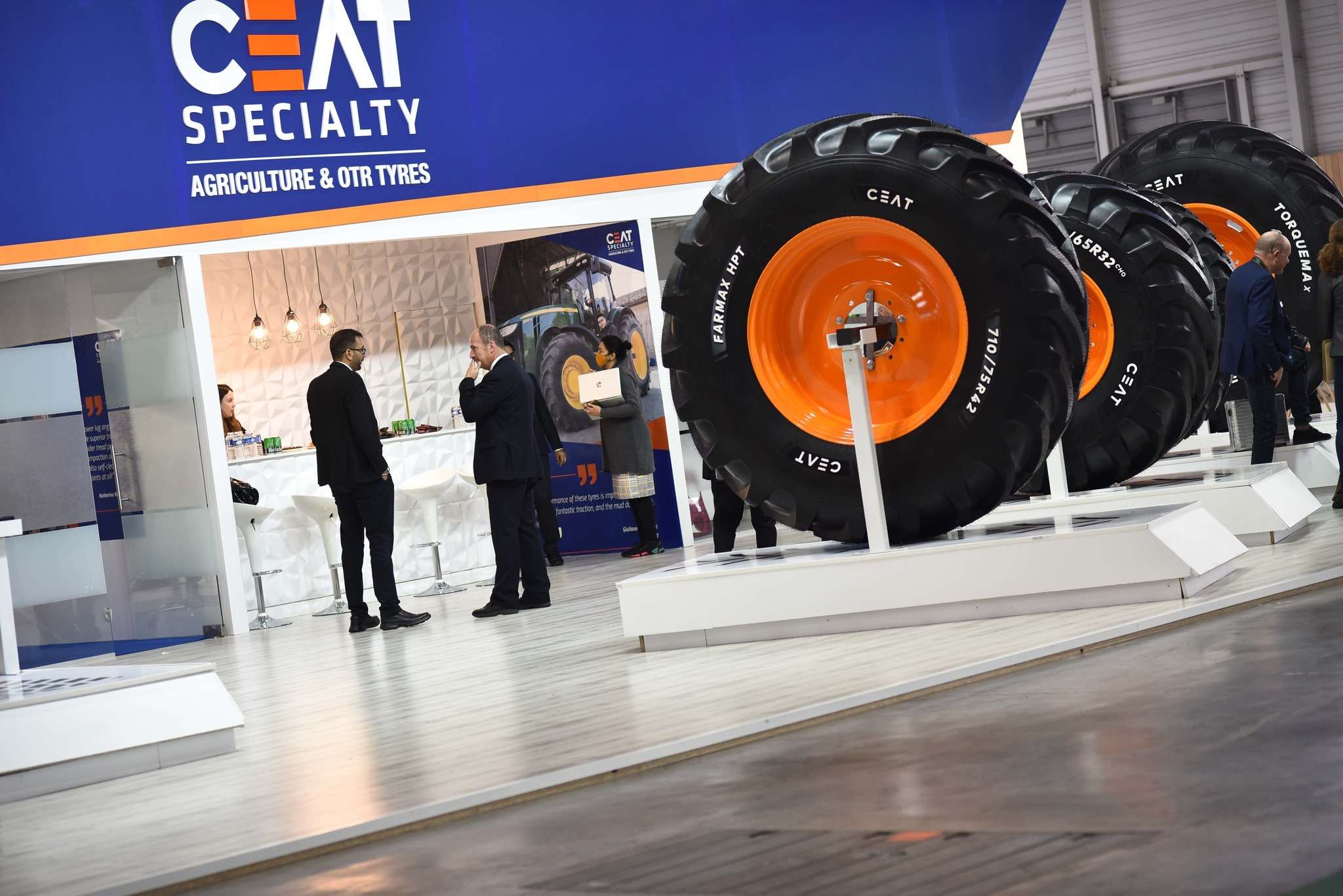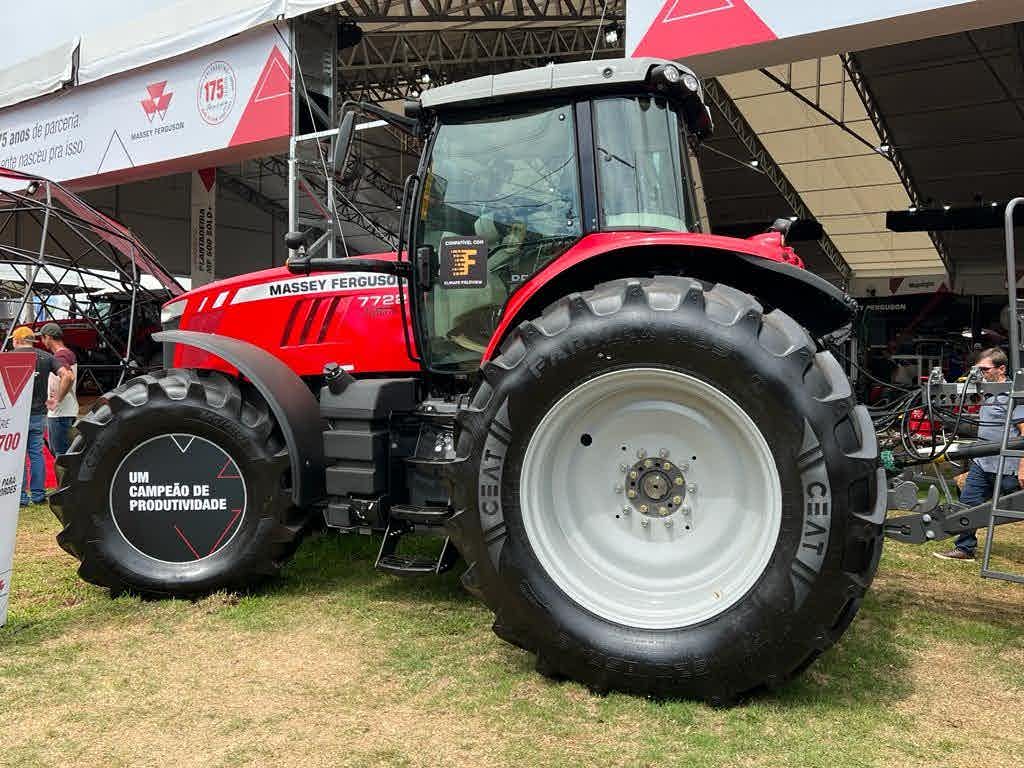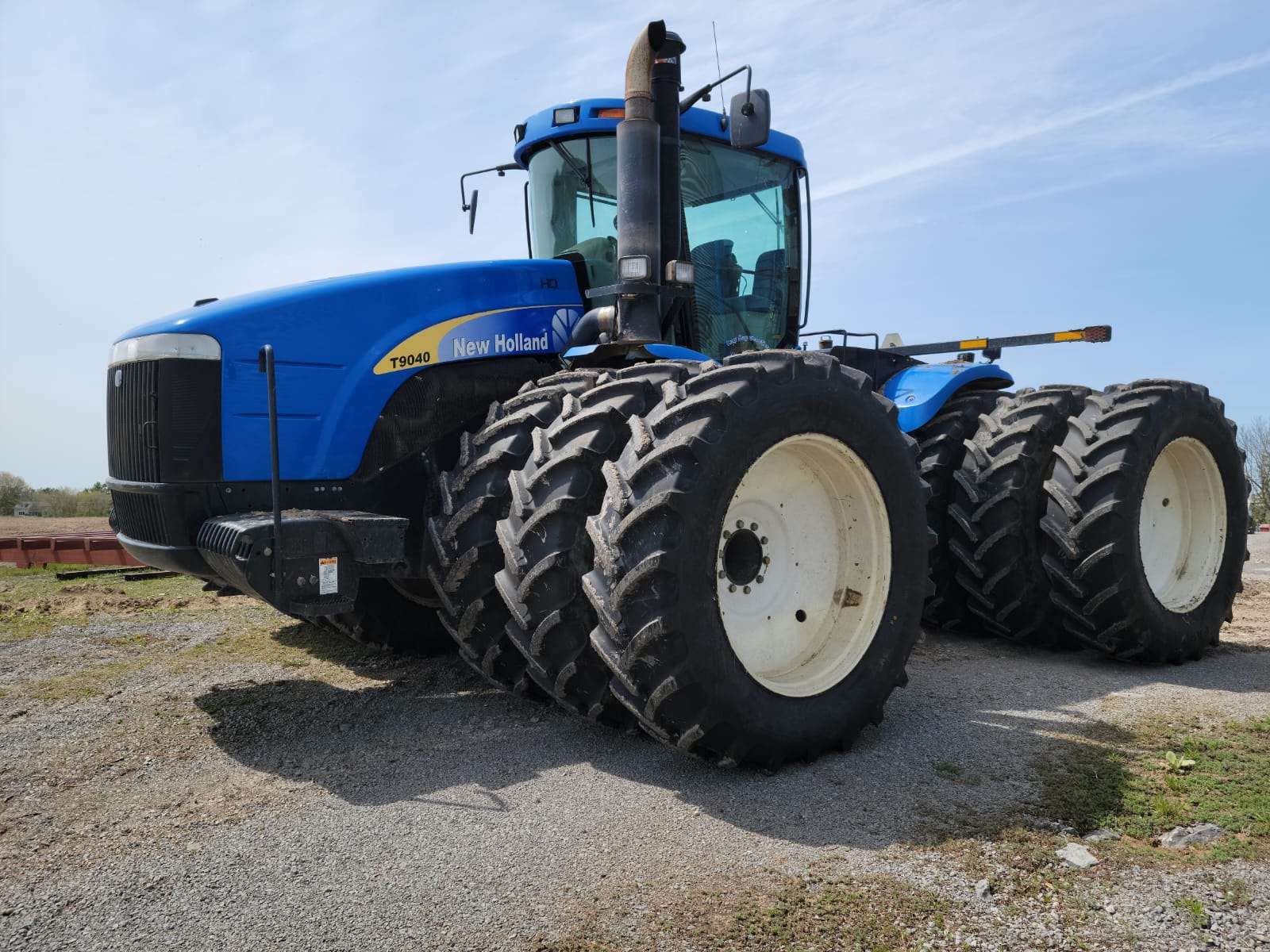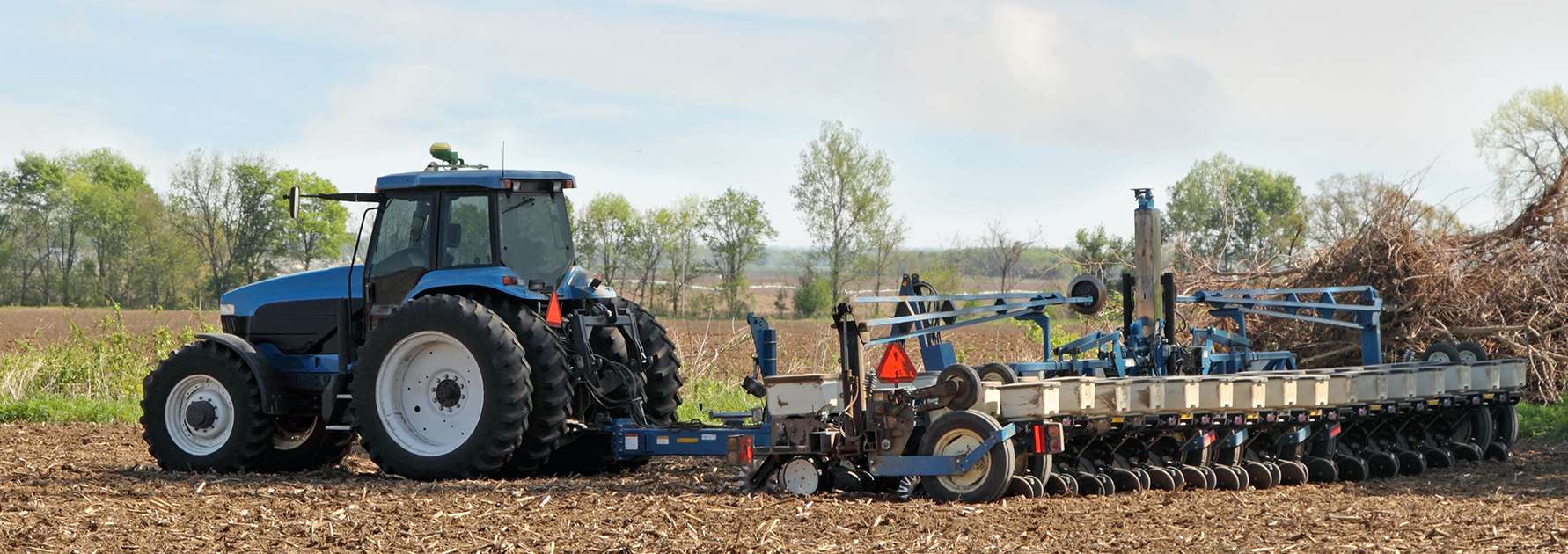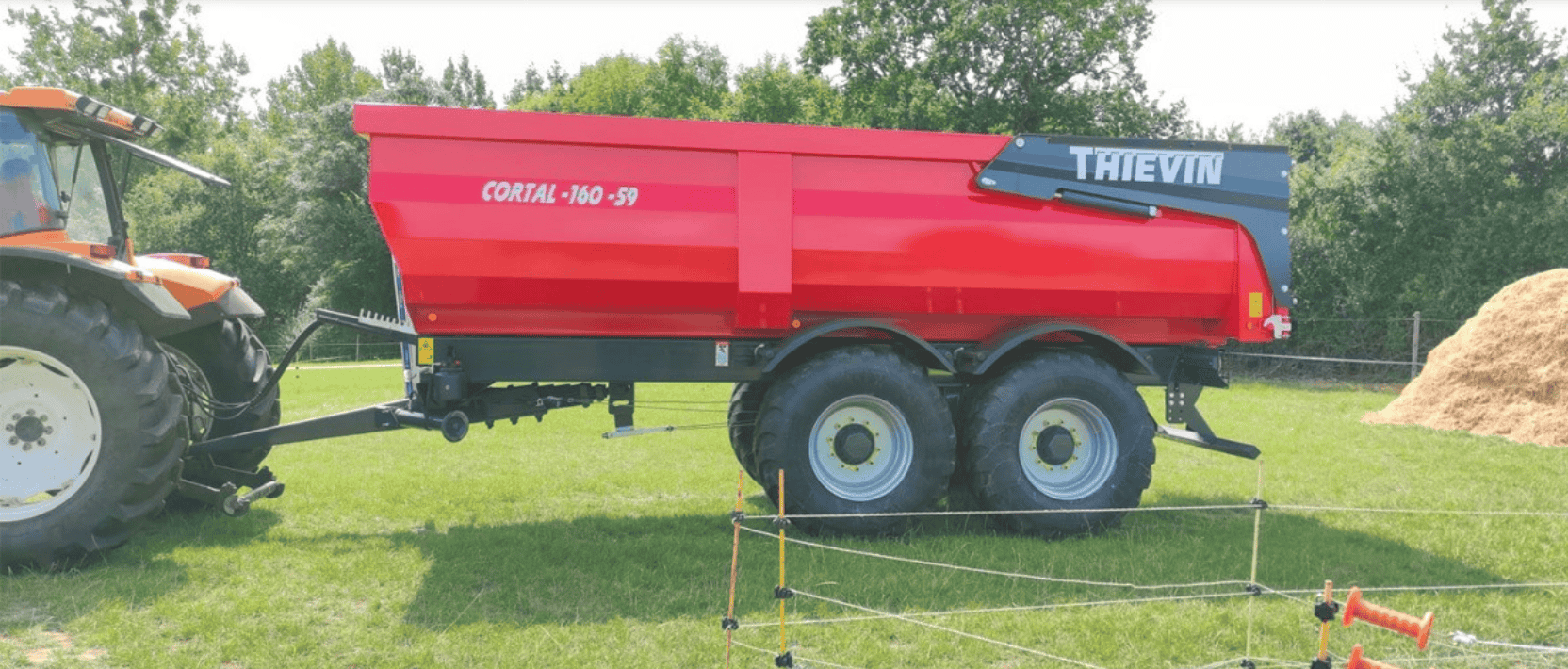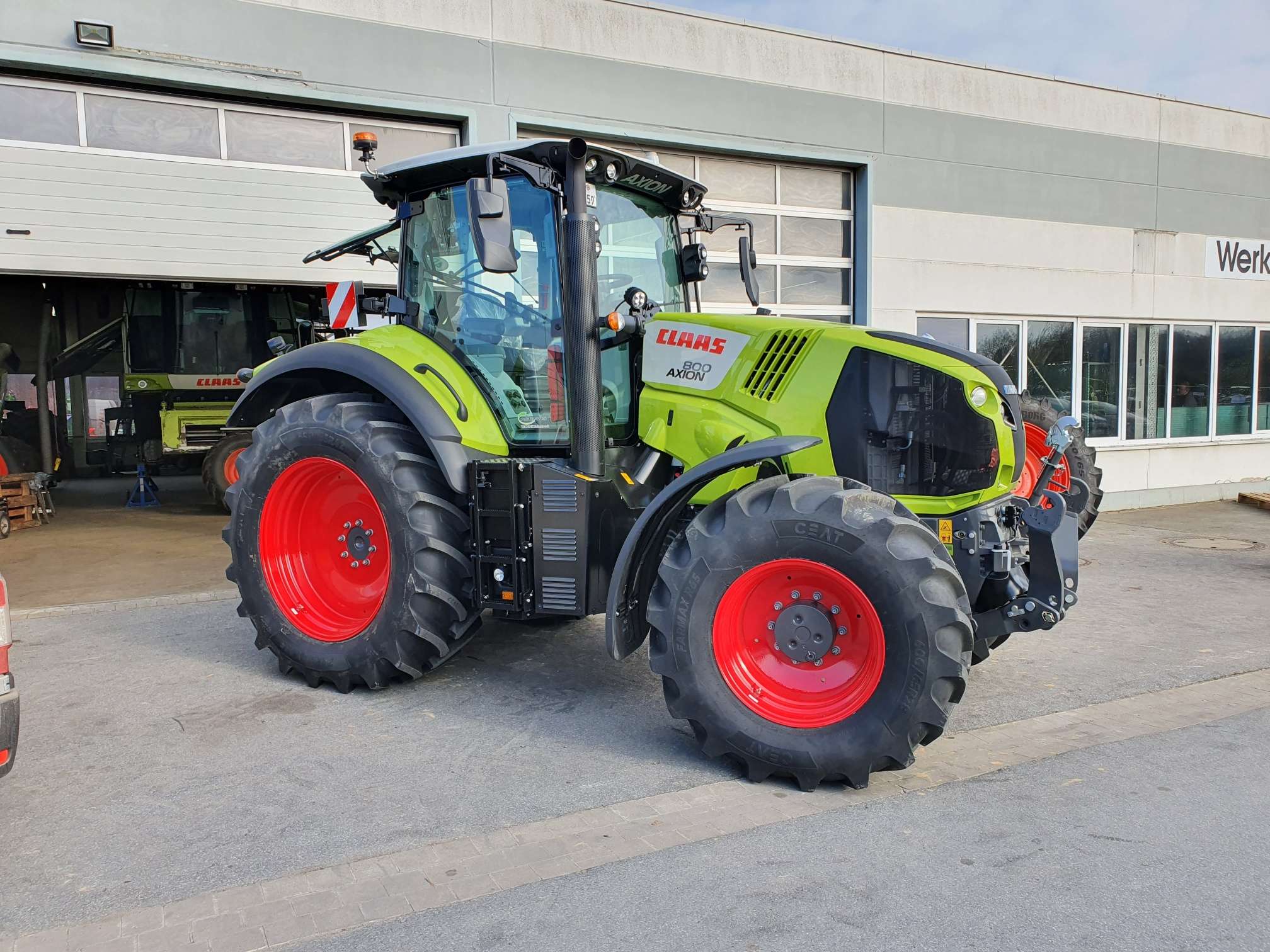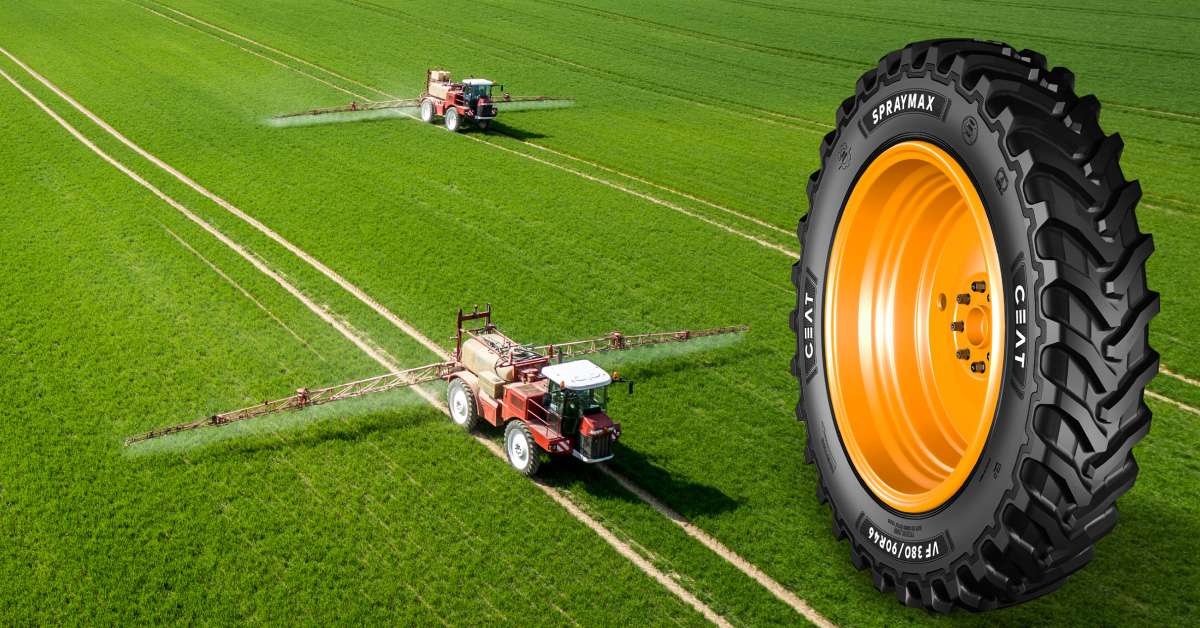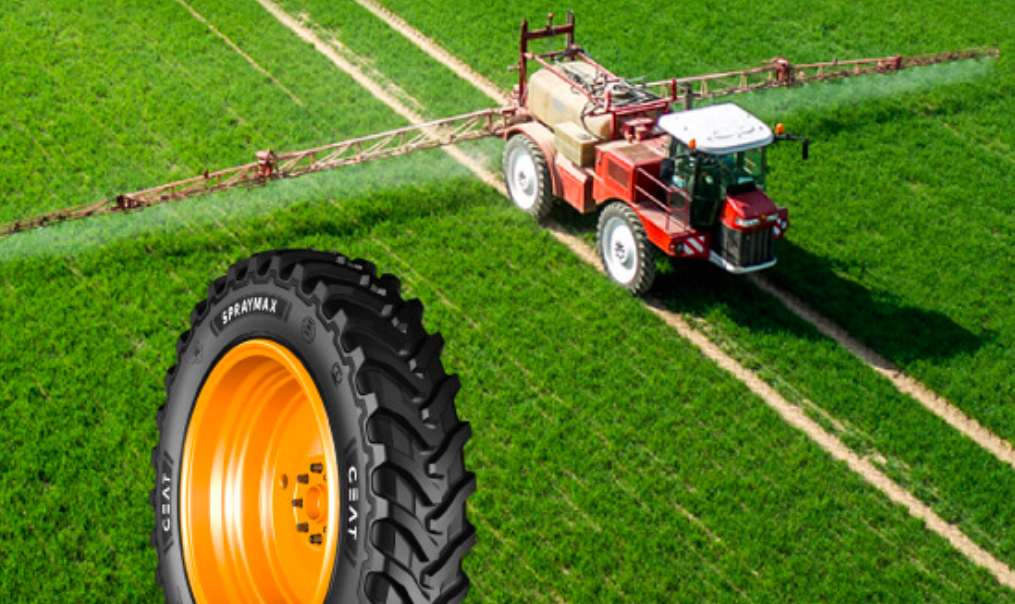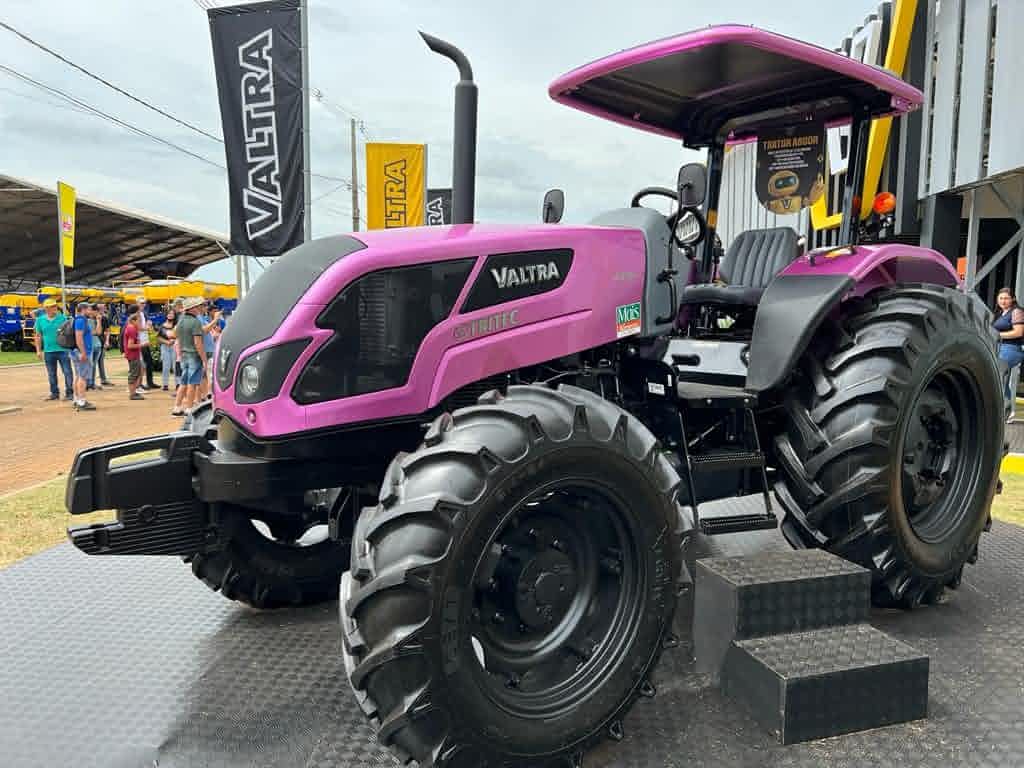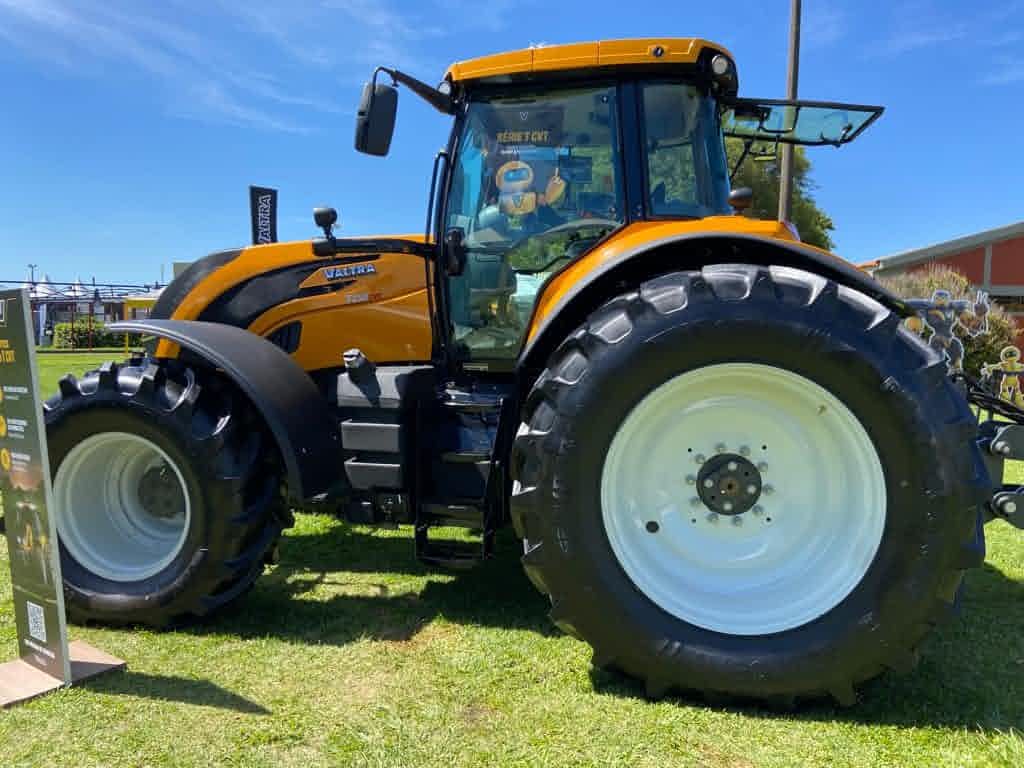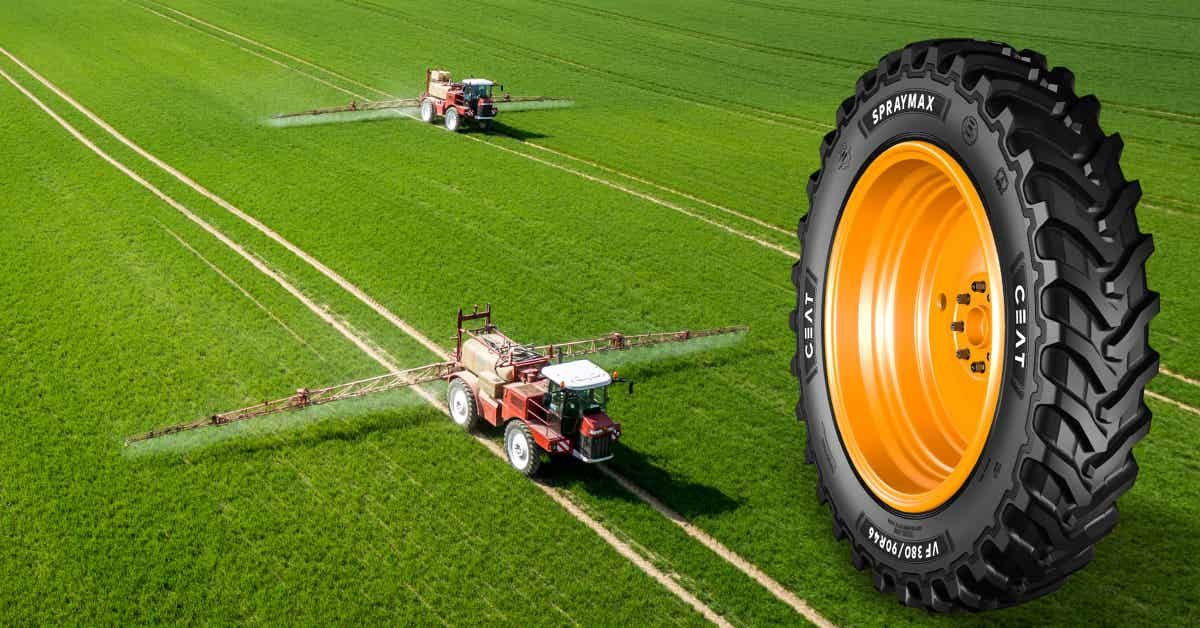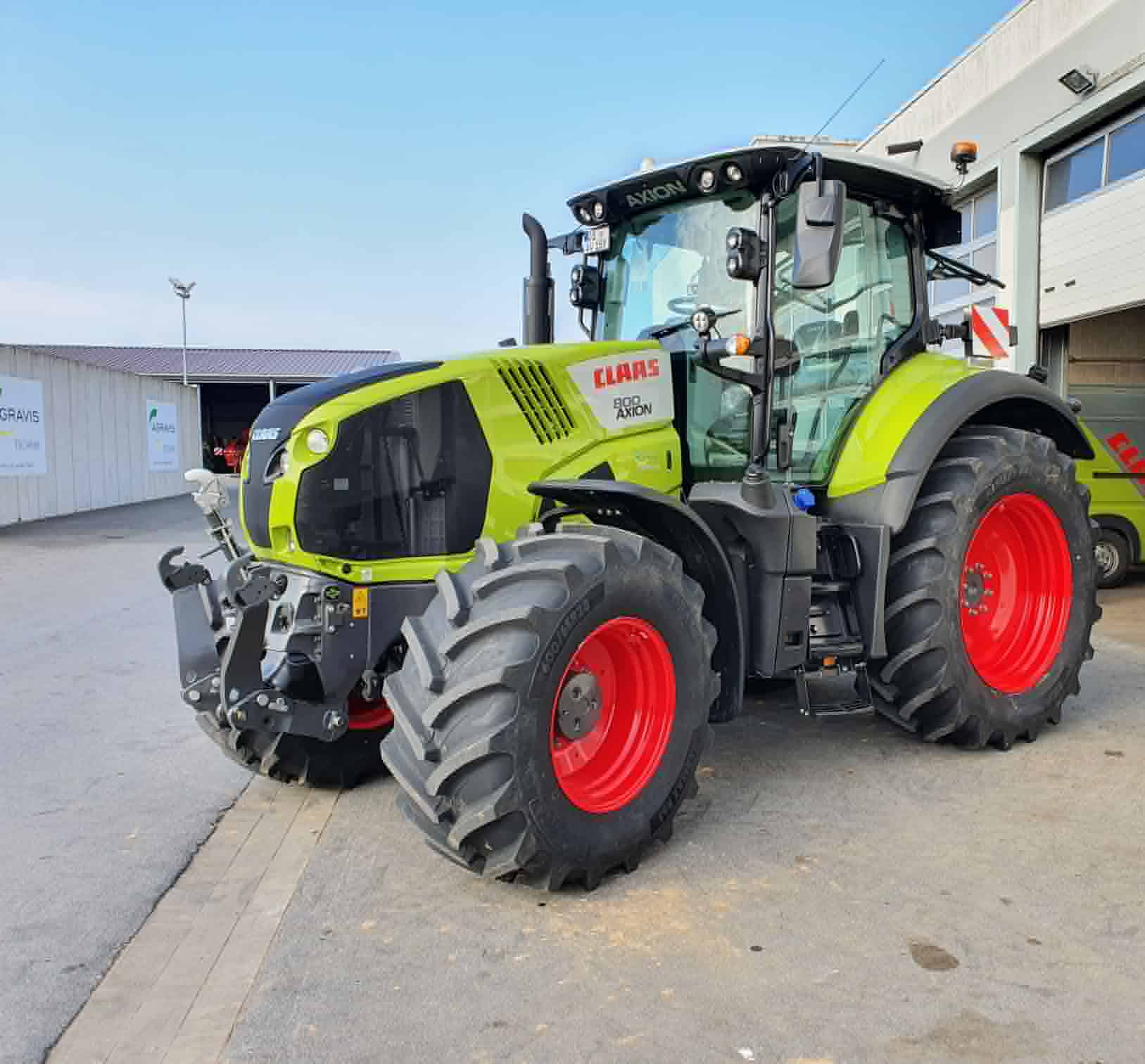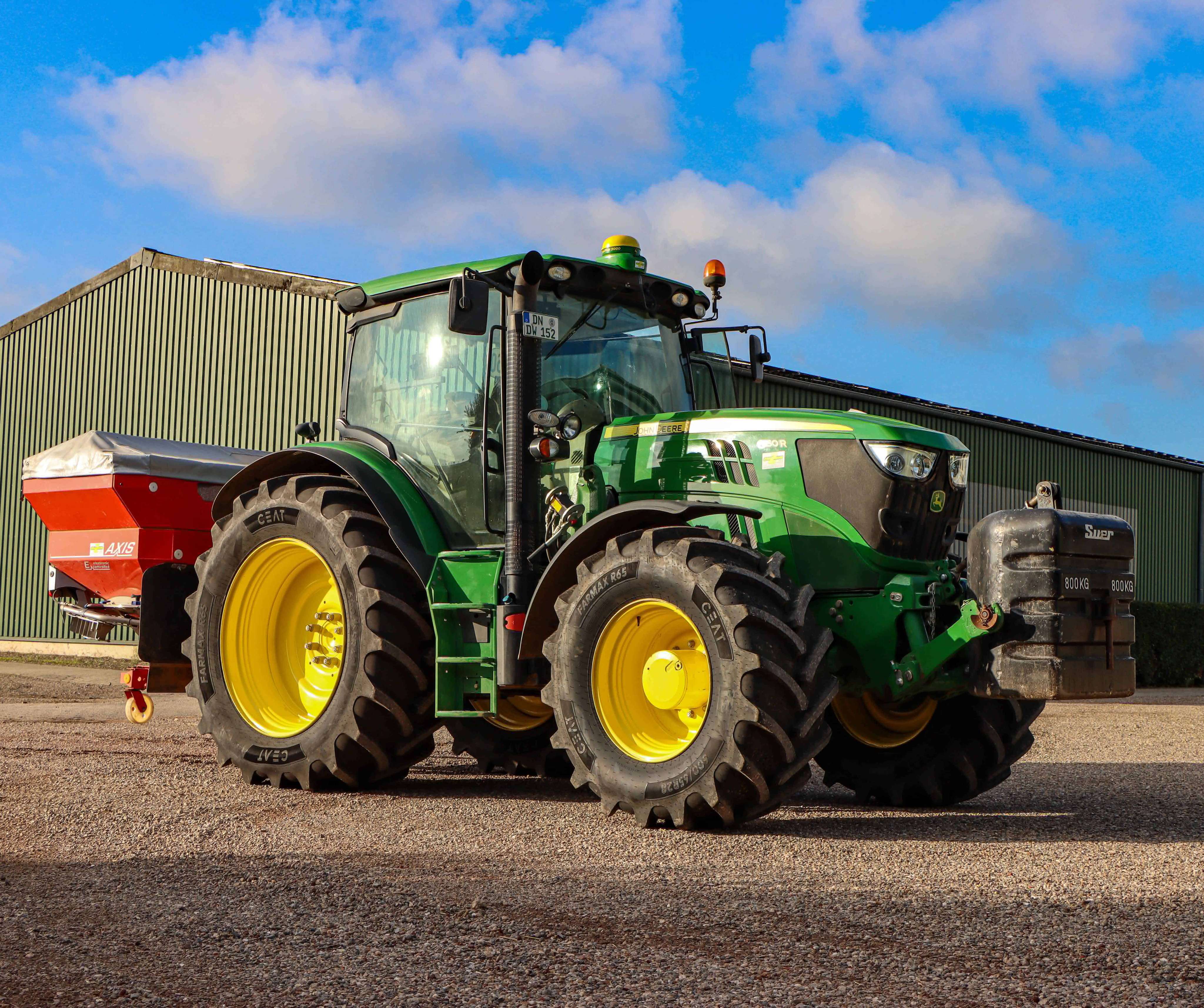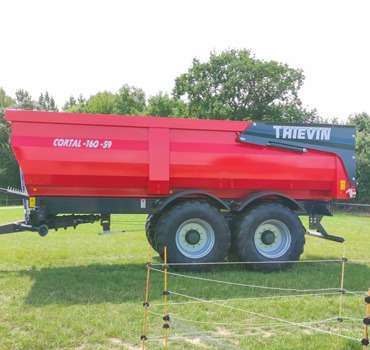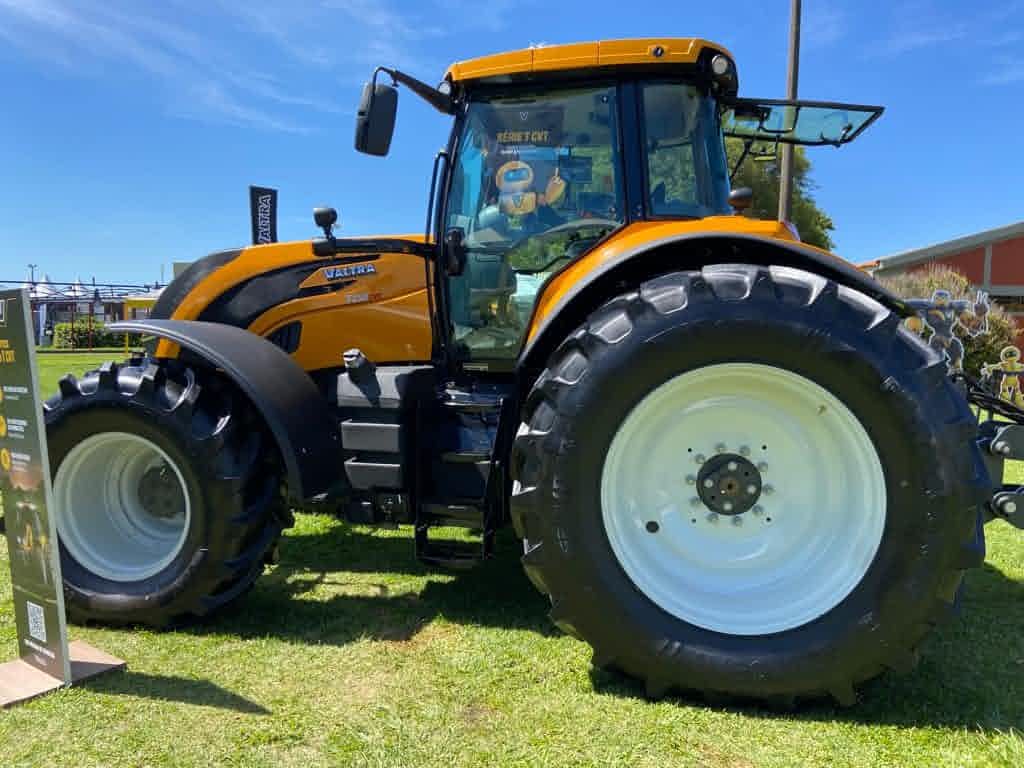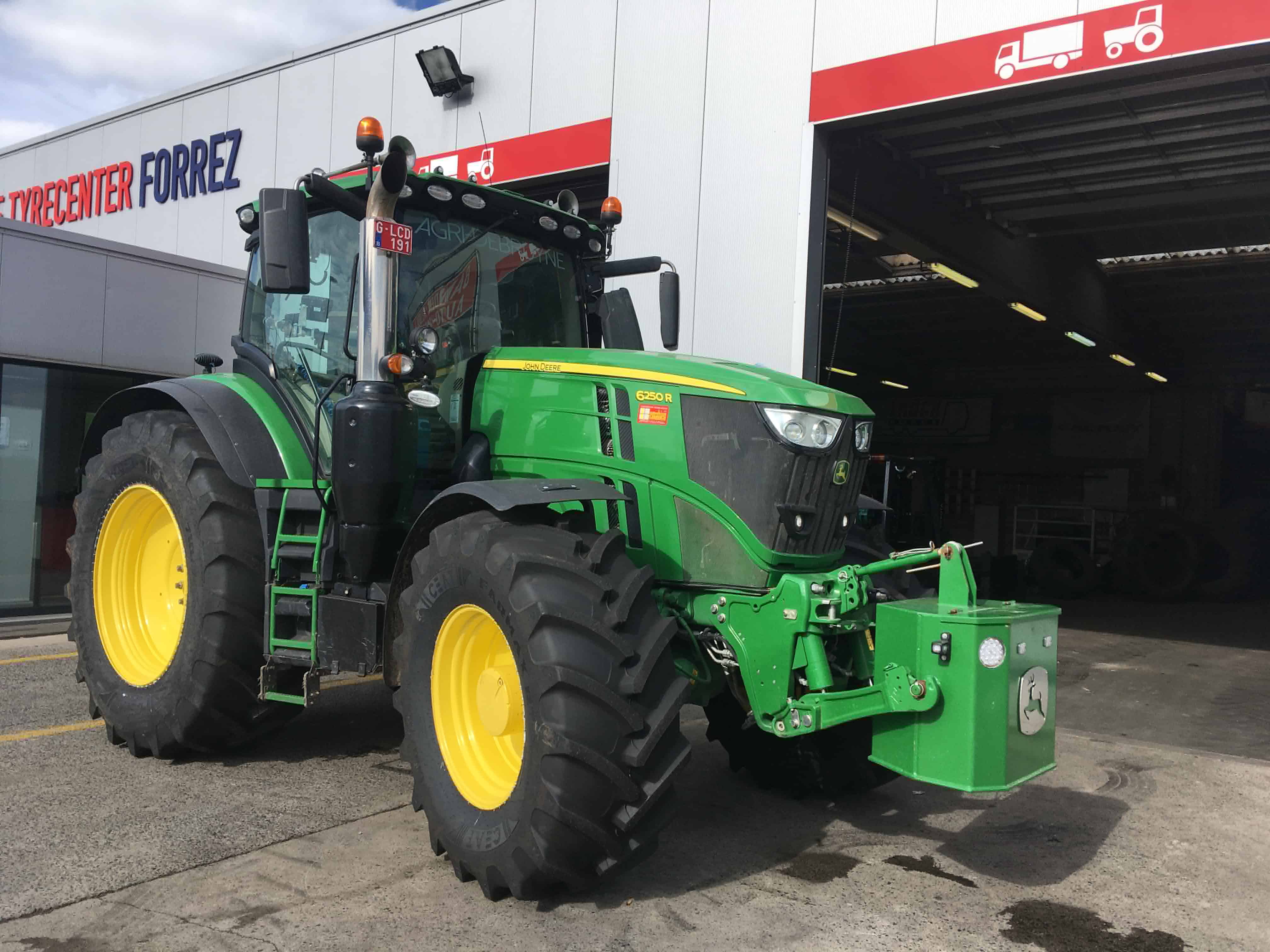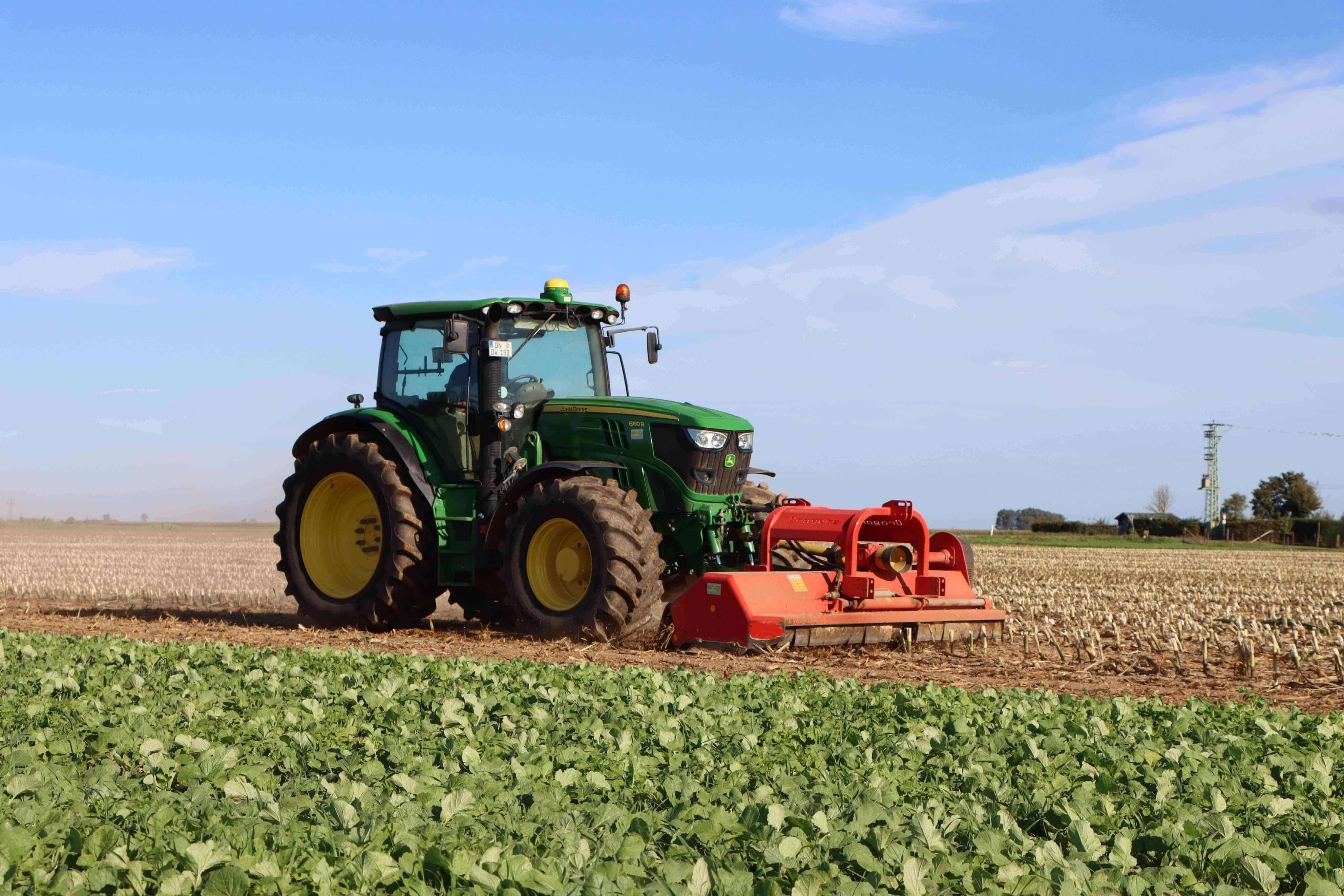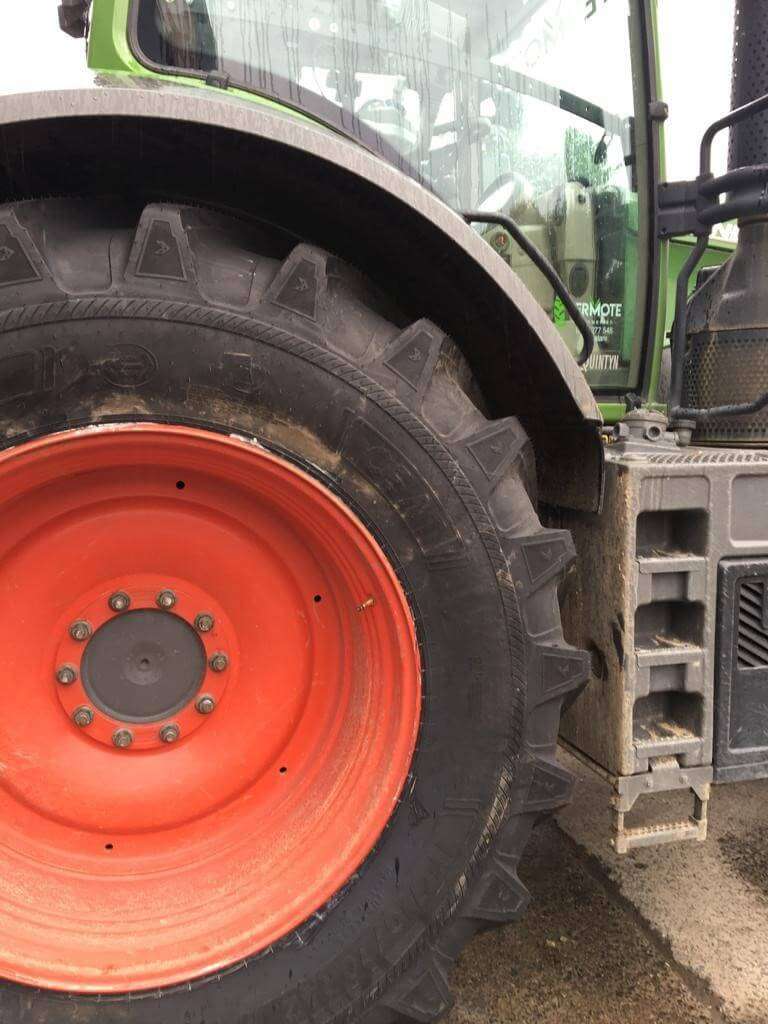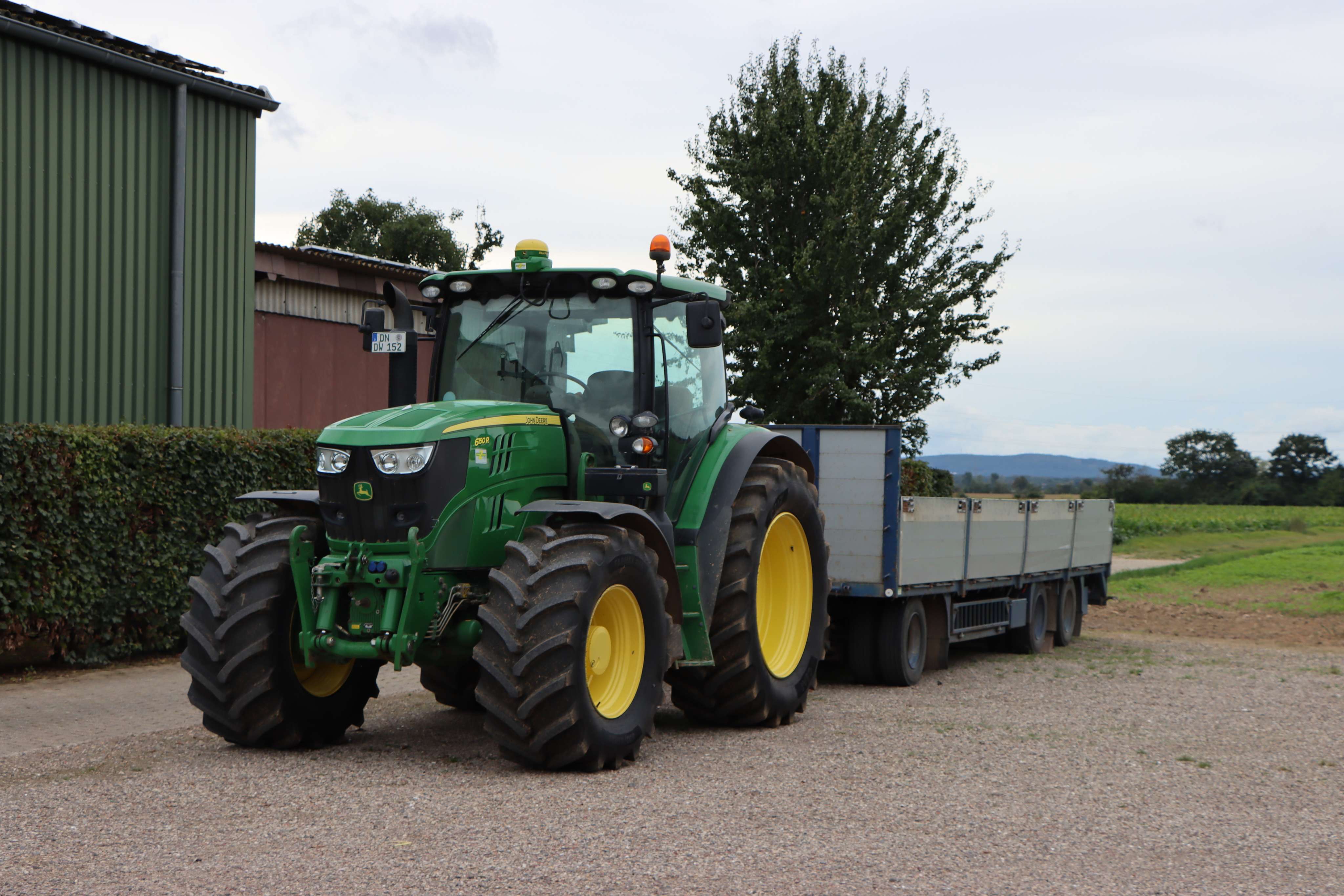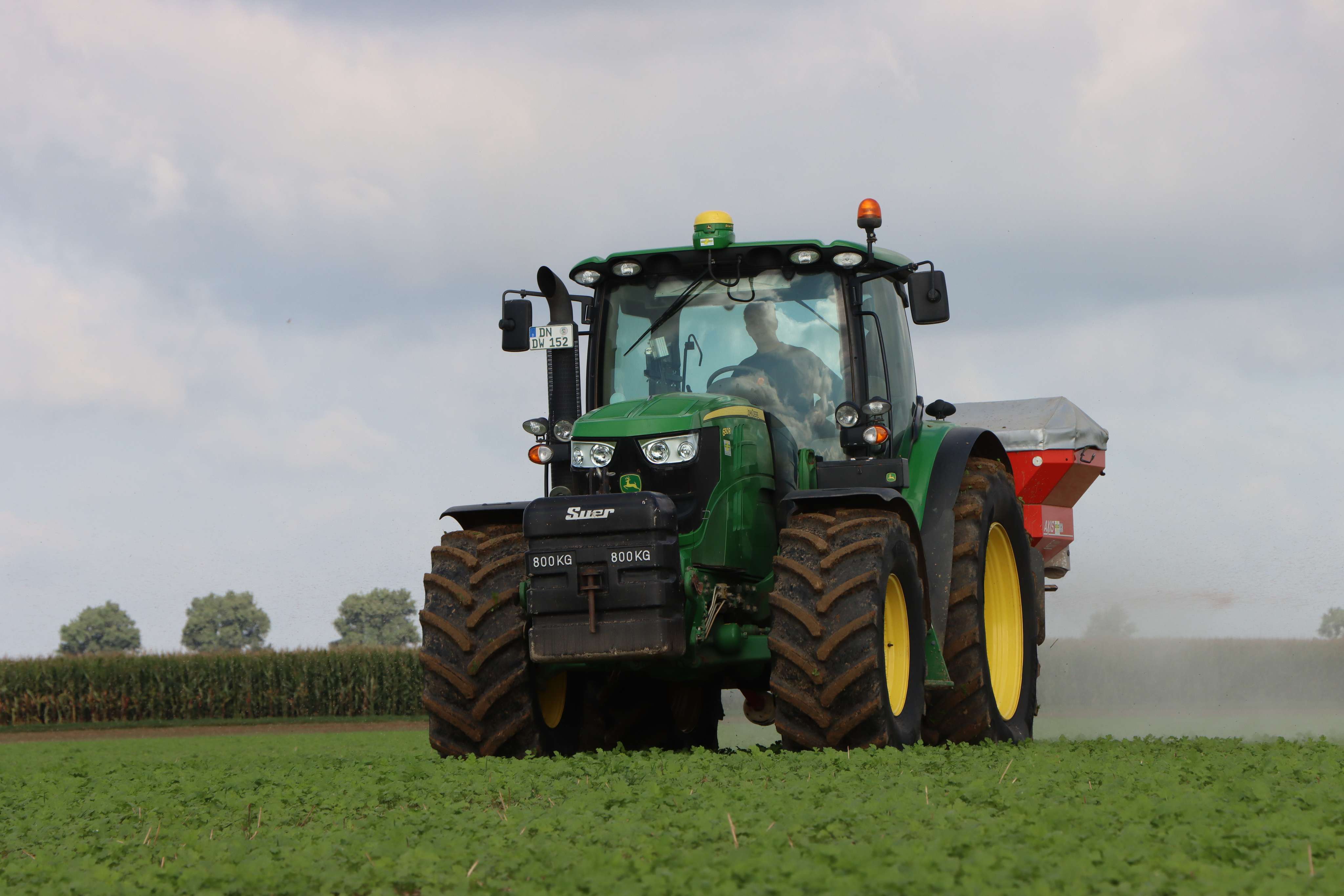ceat-speciality:blogs-tags/all,ceat-speciality:blogs-tags/tyre-care
Three easy steps to correcting the alignment of your tractor tyres
Fri, 22 Apr 2022 | PRODUCTS
With a conventionally-steered tractor, incorrect alignment of the front wheels can hasten wear of the tyres, as well as making it irregular in nature. To ensure you get maximum performance and the longest possible life from your tractor tyres, follow these tips to ensure they are properly aligned. That way you will lengthen the time between the internet searches you have to make for ‘tractor tyres for sale’ and ‘tractor tyres near me’, and the times you have to study a tractor tyres price list.
Incorrectly-adjusted front wheel tracking is a common issue on conventional tractors with front-wheel steering. Without correction, it can lead to tractor tyres that wear irregularly across their profile and steering that is more difficult,as either the insides or outsides of the tractor tyres will be under greater load than the other, depending on whether the front wheels are toeing in or out. This can lead to reduced grip in the field, affect safety under braking, have a detrimental effect on fuel efficiency, and result in the need to prematurely replace the front tractor tyres.
It’s possible to swap the front tractor tyre sides to correct uneven wear, but it is best to address the problem’s cause. Firstly, measure the distance between the wheels on the front axle, and do this between both the front and the rear of the front tractor tyres. These distances should be identical, or with a slightly greater distance between the leading edges of the front tractor tyres – a slight ‘toe-out’.
If the front tractor tyres are not parallel or have this ‘toe-out’ described, then alignment adjustment is necessary. To do this, you should consult the operator’s manual for your tractor, but as a general guideline, the first step will be to loosen the locknuts on each end of the track rod. These will likely be self-locking nuts, requiring pressure to placed on them to prevent the ball bearing beneath causing the nut to rotate.
With pressure, this should allow you to remove the track rod end, and to screw it in or out to either shorten or lengthen it as required. You should then be able to reposition the wheel as required to ensure it has the described parallel or slight toe-out stance when compared with its opposite number, which should of course have an opposing stance. Next, reinsert the track rod end.
The self-locking nuts must be replaced due to the nature of their design, so ensure you have some new ones before beginning. Because the inside of the nuts is made from nylon, this chews into the opposing thread when first tightened, so cannot be reused. The final step is to then re-secure the locking nut which fastens the track control rod.
Because it will reduce both premature and uneven tractor tyre wear, and overall tractor tyre performance of your machine as a whole, by ensuring the front tractor tyres pull and steer properly, it is well worth checking a few times a year that your front tractor tyres are parallel, and adjusting them this way if they are not. It will help to mean longer intervals between the internet searches you have to make for ‘tractor tyres for sale’ and ‘tractor tyres near me’, and the times you have to study a tractor tyres price list.

